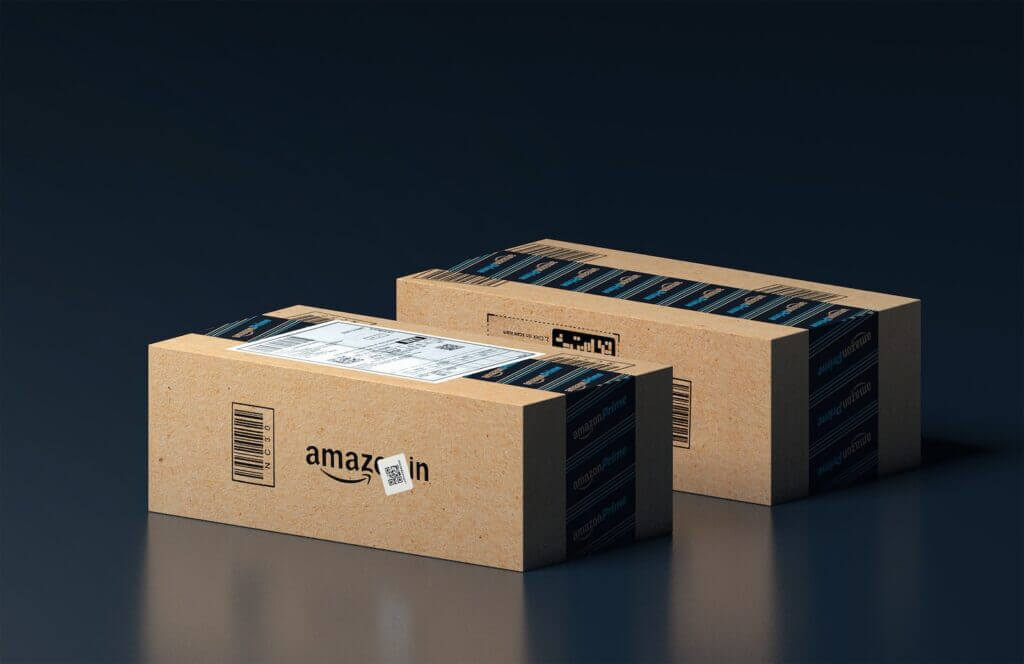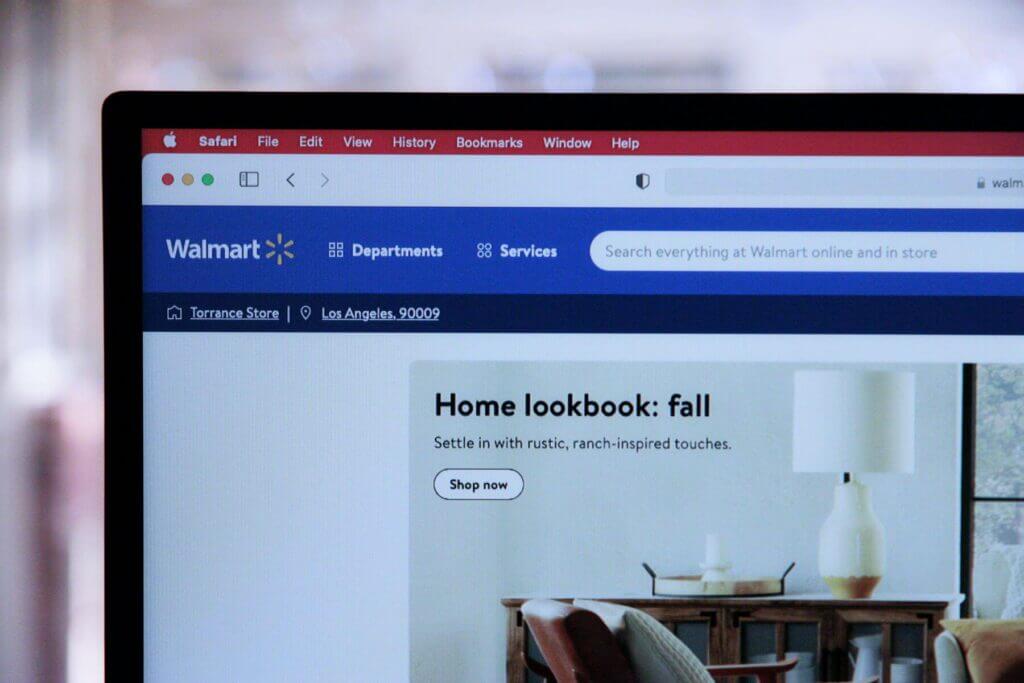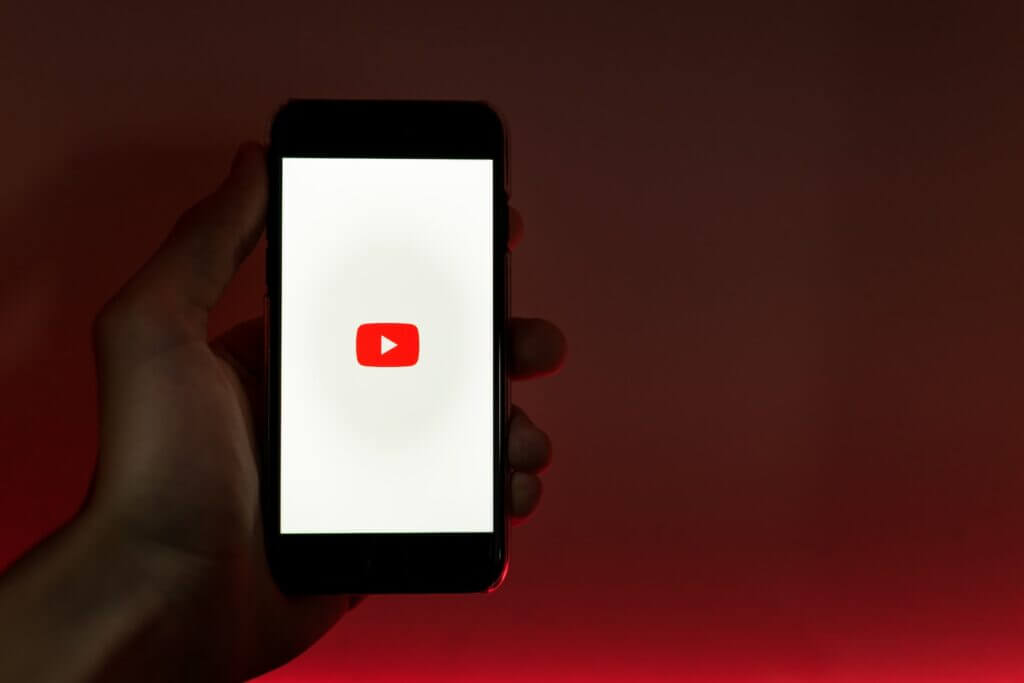Discover the top types of digital advertising and their subcategories, including display, search engine, social media, video, email, and influencer advertising. Find out which one suits your business needs the most.
Display Advertising
Display advertising is a type of online advertising that uses visual elements such as images, videos, and animations to promote a brand or product. This type of advertising can be found on websites, social media platforms, and mobile apps. Display advertising can be further categorized into three types: banner ads, pop-ups, and native ads.
Banner Ads
Banner ads are one of the most popular types of display advertising. They are rectangular graphic displays that are placed on a website or social media platform. Banner ads can be static or animated, and they can be designed in different sizes. The most common sizes for banner ads are 728×90, 300×250, and 160×600 pixels.
Banner ads can be effective in increasing brand awareness and driving traffic to a website. However, they can also be intrusive and annoying if they are not relevant or well-targeted. To ensure the success of banner ads, it is important to design them in a visually appealing way and to target them to the right audience.
Pop-Ups
Pop-ups are another type of display advertising that is designed to grab the attention of the user. They are small windows that appear on top of the website or social media platform that the user is browsing. Pop-ups can be used to promote a product, offer a discount, or encourage the user to sign up for a newsletter.
Pop-ups can be effective in capturing the user’s attention, but they can also be annoying if they are not relevant or well-timed. To ensure the success of pop-ups, it is important to design them in a visually appealing way and to target them to the right audience. It is also important to ensure that they are not too intrusive or interruptive.
Native Ads
Native ads are a type of display advertising that is designed to blend in with the content of the website or social media platform. They are often presented as sponsored content or recommended posts. Native ads can be effective in increasing engagement and driving traffic to a website, as they are less intrusive and more relevant than other types of display advertising.
Native ads can be designed in different formats, including articles, videos, and social media posts. They can be targeted to specific audiences based on their interests, demographics, and behavior. To ensure the success of native ads, it is important to design them in a way that is consistent with the website or social media platform, and to provide valuable content that is relevant to the user.
Search Engine Advertising
Search engine advertising is a powerful tool for businesses looking to drive traffic to their website and generate leads. With so many different types of search engine advertising available, it can be difficult to know which ones to use for your business. In this section, we’ll take a closer look at three types of search engine advertising: pay-per-click ads, sponsored ads, and shopping ads.
Pay-Per-Click Ads
Pay-per-click (PPC) ads are a type of search engine advertising where businesses only pay when someone clicks on their ad. These ads are typically displayed at the top of search engine results pages (SERPs) and are marked as “sponsored” or “ad.” The cost of a PPC ad varies depending on the keywords used, the competition for those keywords, and the quality of the ad.
One of the biggest advantages of PPC ads is that they allow businesses to target specific keywords and demographics. This means that businesses can ensure their ads are only displayed to people who are likely to be interested in their products or services. Additionally, PPC ads are highly measurable, allowing businesses to track their ROI and adjust their campaigns in real-time.
To create a successful PPC campaign, businesses should focus on creating high-quality ads that are relevant to their target audience. They should also carefully select their keywords and set a budget that aligns with their goals.
Sponsored Ads
Sponsored ads are another type of search engine advertising that allow businesses to promote their products or services on SERPs. These ads are typically displayed at the top or bottom of the page and are marked as “sponsored” or “ad.” Unlike PPC ads, businesses are charged a flat fee for sponsored ads, regardless of how many clicks they receive.
One of the biggest advantages of sponsored ads is that they allow businesses to promote their brand or products to a wider audience. Additionally, sponsored ads can be used to target specific demographics and keywords, making them a powerful tool for businesses looking to increase their visibility online.
To create a successful sponsored ad campaign, businesses should focus on creating eye-catching ads that are relevant to their target audience. They should also carefully select their keywords and set a budget that aligns with their goals.
Shopping Ads
Shopping ads are a type of search engine advertising that allow businesses to promote their products on SERPs. These ads are typically displayed at the top of the page and include an image, price, and description of the product. Shopping ads are ideal for businesses that sell physical products and want to increase their online sales.
One of the biggest advantages of shopping ads is that they allow businesses to showcase their products to a wider audience. Additionally, shopping ads can be used to target specific demographics and keywords, making them a powerful tool for businesses looking to increase their visibility online.
To create a successful shopping ad campaign, businesses should focus on creating high-quality product images and descriptions that are relevant to their target audience. They should also carefully select their keywords and set a budget that aligns with their goals.
Social Media Advertising
In today’s digital age, social media platforms have become an integral part of our daily lives. With billions of people using social media every day, it has become an excellent platform for businesses to reach out to their target audience. Social media advertising offers businesses an opportunity to create brand awareness, generate leads, and increase sales. In this section, we will discuss the three most popular social media platforms for advertising – Facebook, Instagram, and Twitter.
Facebook Ads
With over 2.8 billion monthly active users, Facebook is the largest social media platform in the world. Facebook advertising offers businesses a wide variety of ad formats to choose from, including image ads, video ads, carousel ads, and more. Facebook ads can be targeted based on demographics, interests, behavior, and location, making it easy for businesses to reach their target audience.
One of the biggest advantages of Facebook ads is the ability to retarget users who have interacted with your business in the past. This means that businesses can show ads to people who have visited their website or engaged with their Facebook page in the past, increasing the chances of converting them into customers.
Instagram Ads
Instagram is a photo and video-sharing social media platform that has over 1 billion active users. Instagram advertising offers businesses the opportunity to reach a highly engaged audience through various ad formats, including image ads, video ads, carousel ads, and more.
One of the unique features of Instagram advertising is the use of Instagram influencers. Influencers are users with a large following who promote products or services to their followers. This can be an effective way for businesses to reach a highly engaged audience and generate leads.
Instagram also offers businesses the ability to retarget users who have interacted with their business in the past, similar to Facebook ads. This means that businesses can show ads to people who have visited their website or engaged with their Instagram profile in the past.
Twitter Ads
Twitter is a micro-blogging social media platform that has over 330 million monthly active users. Twitter advertising offers businesses the opportunity to reach a highly engaged audience through various ad formats, including promoted tweets, promoted accounts, and promoted trends.
One of the unique features of Twitter advertising is the use of Twitter influencers. Influencers are users with a large following who promote products or services to their followers. This can be an effective way for businesses to reach a highly engaged audience and generate leads.
Twitter also offers businesses the ability to target users based on interests, behavior, and location, similar to Facebook ads. This means that businesses can show ads to people who are more likely to be interested in their products or services.
Video Advertising
Video advertising has become a popular form of digital marketing in recent years. It can reach a vast audience and is an effective way of promoting products and services. There are different types of video ads, including pre-roll, mid-roll, and out-stream ads.
Pre-Roll Ads
Pre-roll ads are video ads that play before the main video content. They are typically short, ranging from 15 to 30 seconds in length. Pre-roll ads can be skippable or non-skippable. Skippable pre-roll ads allow viewers to skip the ad after a few seconds while non-skippable ads must be watched in full before the main content can be viewed.
One of the main advantages of pre-roll ads is that they allow advertisers to target specific audiences. Advertisers can use demographic and interest-based targeting to ensure that their ads are seen by the right people. Pre-roll ads can also be used to retarget previous website visitors, increasing the likelihood of conversion.
Mid-Roll Ads
Mid-roll ads are video ads that play in the middle of the main video content. They are typically longer than pre-roll ads, ranging from 30 seconds to a minute in length. Mid-roll ads are often used for longer video content, such as TV shows or movies.
One of the advantages of mid-roll ads is that they are less intrusive than pre-roll ads. Since viewers are already engaged in the main content, they are more likely to watch the ad in full. Mid-roll ads can also be targeted to specific audiences, increasing the likelihood of conversion.
Out-Stream Ads
Out-stream ads are video ads that play outside of the main video content. They are typically found on social media platforms, such as Facebook and Instagram, and on news websites. Out-stream ads are often autoplayed without sound, and viewers must click on the ad to enable sound.
One of the advantages of out-stream ads is that they can be placed in non-traditional ad spaces, such as within article content. This makes them less intrusive than pre-roll and mid-roll ads. Out-stream ads can also be targeted to specific audiences, increasing the likelihood of conversion.
Table: Comparison of Video Ad Types
| Ad Type | Length | Skippable | Placement |
|---|---|---|---|
| Pre-Roll | 15-30 sec | Yes/No | Before main content |
| Mid-Roll | 30 sec-1 min | No | During main content |
| Out-Stream | Varies | Yes | Outside main content |
Email Advertising
Email advertising is a powerful tool that allows businesses to reach a large audience with targeted messages. There are several types of email advertising, including newsletter ads, dedicated emails, and sponsored emails. In this section, we’ll take a closer look at each of these types and how they can be used to promote your business.
Newsletter Ads
Newsletter ads are a form of email advertising that involves placing an advertisement within a newsletter. Newsletters are typically sent to subscribers on a regular basis and contain a variety of content related to a particular topic or industry. By placing an advertisement within a newsletter, businesses can reach a highly targeted audience that is already interested in their product or service.
One of the key benefits of newsletter ads is that they are typically less intrusive than other forms of advertising. Because subscribers have opted-in to receive the newsletter, they are more likely to be receptive to the advertisements included within it. Additionally, newsletter ads can be highly targeted based on factors such as subscriber demographics, interests, and behavior.
To create an effective newsletter ad, it’s important to focus on the value proposition of your product or service. What problem does it solve? What benefits does it offer? By highlighting these key points in your ad, you can increase the likelihood of converting subscribers into customers.
Dedicated Emails
Dedicated emails are a more direct form of email advertising that involves sending a promotional message directly to a subscriber’s inbox. Unlike newsletter ads, which are typically part of a larger email, dedicated emails are standalone messages that are focused solely on promoting a product or service.
One of the benefits of dedicated emails is that they allow businesses to reach a highly engaged audience. Because the email is sent directly to the subscriber’s inbox, there is a higher likelihood that they will open and engage with the message. Additionally, dedicated emails can be highly targeted based on factors such as subscriber demographics, interests, and behavior.
To create an effective dedicated email, it’s important to focus on crafting a compelling message that resonates with your audience. This may involve highlighting the unique features and benefits of your product or service, offering a special promotion or discount, or creating a sense of urgency to encourage subscribers to take immediate action.
Sponsored Emails
Sponsored emails are a form of email advertising that involves partnering with another business or organization to reach a new audience. This may involve sending a promotional message to the partner’s email list or including an advertisement within a newsletter or other email communication.
One of the benefits of sponsored emails is that they allow businesses to reach a new audience that may not be familiar with their product or service. Additionally, by partnering with a complementary business or organization, there is a higher likelihood that the message will be well-received by the audience.
To create an effective sponsored email, it’s important to choose the right partner and ensure that the message is aligned with both businesses’ values and goals. Additionally, it’s important to focus on crafting a compelling message that resonates with the audience and encourages them to take action.
Influencer Advertising
In today’s digital age, influencer advertising has become a popular marketing strategy for brands of all sizes. It involves partnering with individuals who have a large following on social media platforms and using their influence to promote products and services. Influencer advertising can take many forms, including sponsored posts, affiliate marketing, and product reviews.
Sponsored Posts
Sponsored posts are perhaps the most common form of influencer advertising. Brands pay influencers to create content that promotes their products or services. These posts can take the form of a photo or video on Instagram, a tweet on Twitter, or a post on Facebook. Sponsored posts are often accompanied by a caption that clearly indicates that the post is an advertisement.
Sponsored posts are effective in reaching a large audience, as influencers have built up a following of people who trust their recommendations. The key to success with sponsored posts is to choose the right influencer who aligns with your brand’s values and audience. It’s important to work with influencers who have a genuine interest in your products or services, as this will come across in their content and make it more authentic.
Affiliate Marketing
Affiliate marketing is another form of influencer advertising that involves paying influencers a commission for every sale that is made through their unique referral link. This type of advertising is popular among bloggers and YouTubers who create content around a specific niche. By promoting products that are relevant to their audience, they can earn a commission while providing value to their followers.
Affiliate marketing is a win-win situation for both the brand and the influencer. The brand benefits from increased exposure and sales, while the influencer benefits from the commission they earn. It’s important to choose influencers who have a strong following in your niche and who are able to create high-quality content that resonates with their audience.
Product Reviews
Product reviews are a form of influencer advertising that involves sending a product to an influencer for them to review. The influencer will then share their honest opinion of the product with their followers. Product reviews are effective in building trust with potential customers, as they provide an unbiased opinion of the product.
It’s important to work with influencers who have a genuine interest in your products and who are able to provide an honest review. This will help to build trust with potential customers and increase the likelihood of them making a purchase. Product reviews are also an opportunity to gain valuable feedback on your products and make improvements to them based on the influencer’s feedback.
In conclusion, influencer advertising is a powerful tool for brands looking to increase their exposure and sales. By partnering with influencers who have a strong following in your niche, you can reach a large audience and build trust with potential customers. Sponsored posts, affiliate marketing, and product reviews are just a few of the many forms of influencer advertising that can be used to achieve your marketing goals.








